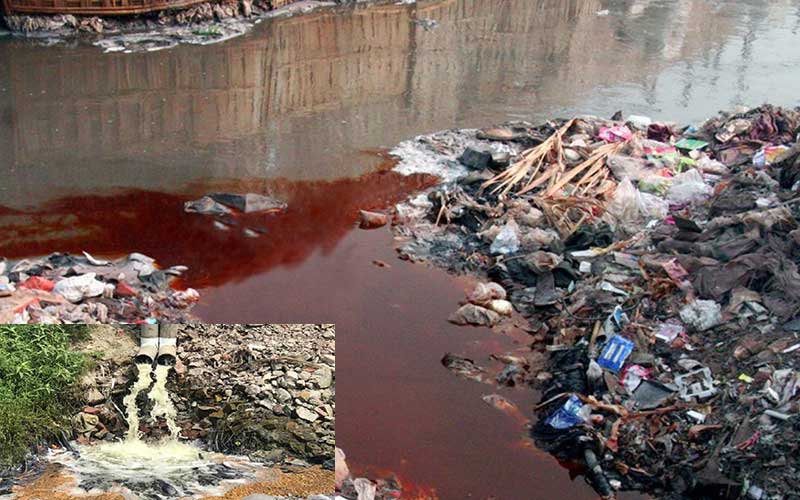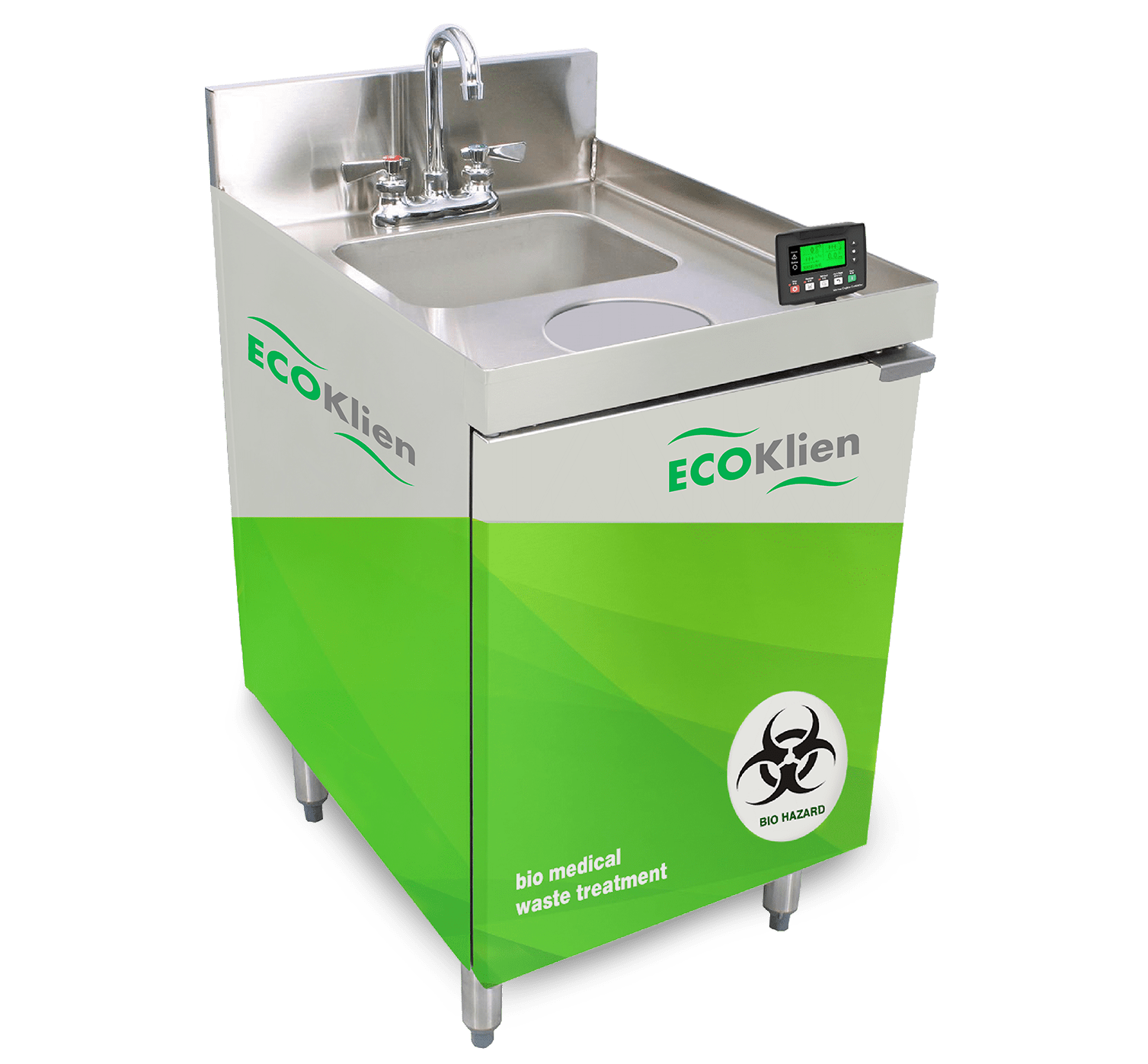Exactly How Liquid Garbage Disposal Works: A Thorough Summary of Techniques and Technologies Used

Introduction of Liquid Waste Kind
The complexity of liquid waste kinds demands a comprehensive understanding of their attributes and ramifications for disposal. Fluid waste can broadly be classified right into several types, including industrial, local, farming, and contaminated materials. Each group exhibits distinct homes, calling for specific monitoring approaches to minimize ecological and health and wellness threats.
Industrial liquid waste originates from producing processes and frequently consists of a variety of impurities, such as hefty metals, solvents, and organic substances. Metropolitan liquid waste, mainly comprising wastewater from homes and commercial establishments, consists of natural matter, nutrients, and microorganisms (industrial wastewater treatment). Agricultural liquid waste, including drainage from farms, may include plant foods, chemicals, and animal waste, posturing dangers to water quality and ecological communities
Hazardous liquid waste is characterized by its poisoning, reactivity, or possible to cause injury. Understanding these varied fluid waste types is important for establishing effective disposal methods and making certain compliance with ecological guidelines.
Physical Treatment Approaches

Testing is the first step, where larger fragments and particles are eliminated from the fluid waste making use of displays or grates. This process protects downstream tools from damages and makes certain smoother procedure. Following screening, sedimentation uses gravitational pressure to different solids from fluids. In sedimentation storage tanks, larger bits resolve at the base, forming a sludge layer, while the clarified fluid can be more dealt with.
Filtering is an additional important approach that involves passing the fluid with porous products, such as sand or membranes, to capture smaller particles. This step enhances the high quality of the liquid, making it suitable for subsequent therapy processes.

Chemical Treatment Methods
Chemical treatment strategies are crucial for effectively managing fluid waste, especially in resolving dissolved and colloidal contaminants that physical methods might not properly get rid of. These strategies use various chemical agents to reduce the effects of, speed up, or transform unsafe substances right into much less harmful forms.
One common method is coagulation and flocculation, where Learn More Here chemicals such as alum or ferric chloride are included to advertise the aggregation of put on hold particles. This process improves sedimentation, enabling simpler elimination of the resulting sludge. In addition, oxidation processes, utilizing agents like chlorine or ozone, are used to damage down complex organic substances and microorganisms, providing the waste more secure for discharge or more therapy.
Neutralization is an additional important method, which adjusts the pH of acidic or alkaline waste streams to neutral degrees, protecting against potential injury to downstream systems and the setting. Additionally, progressed oxidation processes (AOPs) use combinations of oxidants and ultraviolet light to degrade relentless pollutants, accomplishing a higher degree of therapy efficiency.
Biological Therapy Processes
Biological therapy processes play an important duty in the administration of fluid waste by utilizing microbes to decompose raw material and decrease pollutant levels. These procedures can be broadly classified into cardiovascular and anaerobic therapies, each using specific microbial neighborhoods to accomplish effective waste destruction.
Cardiovascular therapy includes making use of oxygen to assist in the malfunction of natural products by bacteria. This process is commonly executed in turned on sludge systems, where oygenation containers supply a favorable setting for microbial growth, causing the oxidation of organic pollutants. The resultant biomass can be divided from dealt with effluent with sedimentation.
In contrast, anaerobic therapy happens in the lack of oxygen, depending on different bacteria to break down organic issue. This method is particularly advantageous for high-strength waste, as it generates biogas, a renewable resource source, while lowering sludge manufacturing. Technologies such as anaerobic digesters are regularly used in local and industrial applications.
Both anaerobic and aerobic biological therapies not just lessen the environmental effect of liquid waste but also facilitate resource healing, making them important elements of sustainable waste administration strategies. Their versatility, efficiency, and effectiveness support their widespread implementation across numerous industries.
Arising Technologies in Disposal
Cutting-edge approaches to liquid garbage disposal are rapidly advancing, driven by developments in innovation and an enhancing focus on sustainability. Among these emerging modern technologies, membrane layer bioreactors (MBRs) have gained grip for their capability to combine biological therapy with membrane layer purification, causing high-quality effluent that can be reused in different applications. MBRs allow smaller footprints and much more reliable procedures Going Here contrasted to traditional systems.
Another encouraging advancement is using anaerobic food digestion incorporated with nutrient recuperation innovations, which not only deals with fluid waste but also creates weblink biogas and recuperates important nutrients like nitrogen and phosphorus. This dual advantage improves source effectiveness and minimizes environmental impact.
Additionally, progressed oxidation processes (AOPs) are being embraced for the destruction of intricate natural pollutants. These approaches utilize effective oxidants and drivers to damage down pollutants at the molecular degree, supplying an extremely effective option for difficult waste streams.
Furthermore, the assimilation of expert system and maker discovering in waste administration systems is maximizing operational efficiency and predictive maintenance, bring about lowered expenses and boosted ecological conformity. These modern technologies reflect a substantial shift towards more lasting and effective fluid waste disposal methods.
Conclusion
In conclusion, efficient liquid waste disposal necessitates a thorough understanding of numerous strategies and modern technologies. By continuously progressing these methodologies, it ends up being possible to resolve the growing challenges connected with fluid waste, eventually adding to environmental protection and source recuperation.
Fluid waste disposal is an essential facet of ecological administration, needing a comprehensive understanding of various methods and modern technologies tailored to various waste kinds. Liquid waste can extensively be categorized right into a number of types, consisting of industrial, metropolitan, farming, and harmful waste. Agricultural fluid waste, consisting of drainage from ranches, might consist of plant foods, chemicals, and animal waste, presenting dangers to water quality and environments.
Different physical therapy approaches play a critical role in handling liquid waste successfully - industrial wastewater treatment.In final thought, effective fluid waste disposal necessitates a detailed understanding of numerous strategies and innovations
Comments on “Trustworthy Liquid Waste Disposal Melbourne: Safe and Efficient Services”